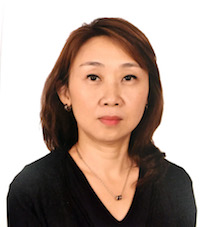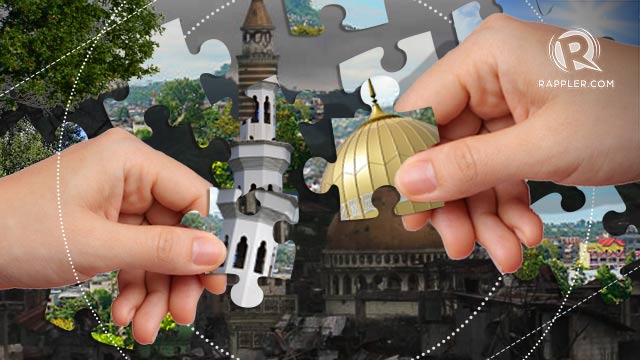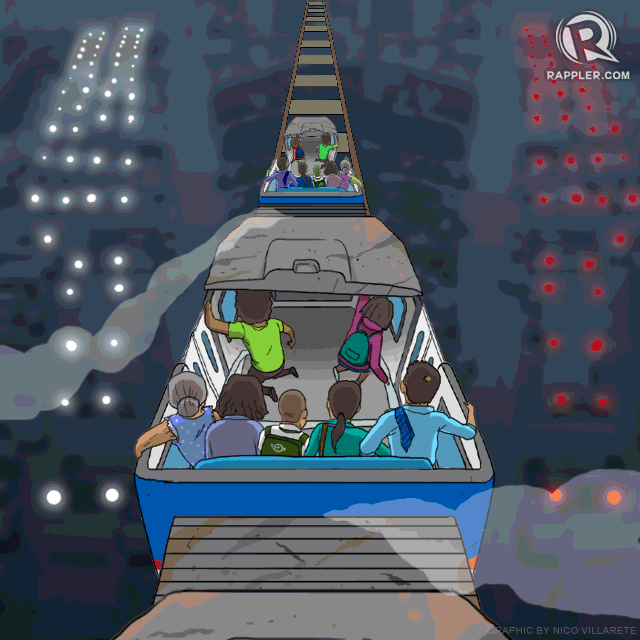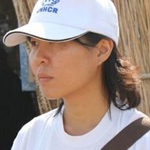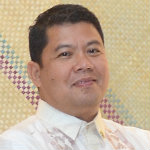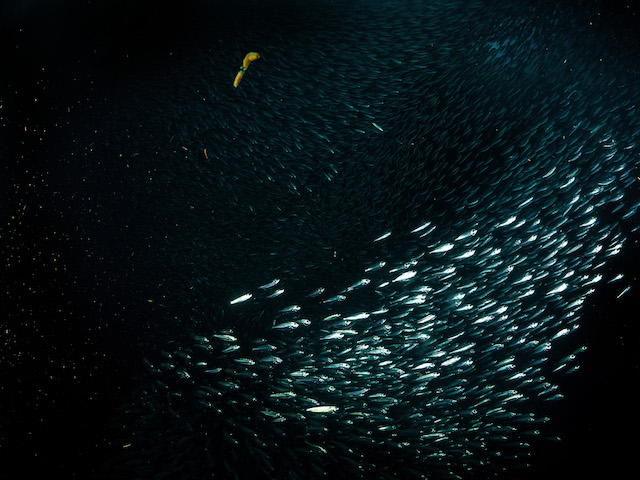Dear millennial,
I write to you about two political movements that never fully took off in my generation (hint: I am old enough to be your mother): the federalism movement and the anti-political dynasty movement. Had these two movements taken off, our country would probably be better off today.
If you read Elyzabeth F. Cureg and Jennifer F. Matunding’s “Federalism Initiatives in the Philippines” published by the Asian Resource Center for Decentralization in 2006, you might be surprised to know that the advocacy for federalism started as early as 1899 when the Malolos Constitution was being framed.
One proposal called for the division of the country into 3 states (Luzon, Visayas, Mindanao) and another for 10 states (4 in Luzon, 3 in Visayas, 3 in Mindanao, including the Bangsamoro). Federalism was not adopted at the time because some quarters argued that the federalist form of government would threaten the country’s unification and result in fragmentation.
Since then, there have been several advocacies for the shift from a unitary form of government (where there is only one authority: the central authority) to a federalist one (where citizens will be governed by both the national/central authority and the sub-national/state authority). These attempts were pushed largely by advocates outside the National Capital Region. One of the staunchest advocates was former senator Aquilino Pimentel, who, as the head of the political party PDP in Mindanao during the 1980s, led the said party’s campaign for federalism.
Pimentel is also widely known as “the Father of the 1991 Local Government Code (LGC)” which is said to have paved the way for the increase in mandates of local government units. Before the LGC, a mayor in Mindanao had to get the go-signal of Malacañang for practically everything (including the purchase of garbage trucks – according to Pimentel who, at one point, was mayor of Cagayan de Oro). Pimentel, still according to Cureg and Matunding, had offered the federalist agenda to presidential candidate Fernando Poe Jr in 2004, but the latter rejected this agenda.
Also in 2004, another presidential candidate Emilio (Lito) Osmeña – grandson of former president Sergio Osmeña, and, Cebu governor from 1988 to 1992 – advocated for some sort of federalism and ran under a party called Progressive Movement of Devolution Initiatives or Promdi (which, in the colloquial, is short for “from the” or “from the province”). While the former governor did not strictly call for a shift to federalism, he advocated for the formation of the “Republic of Cebu” and for the “decongestion” of Metro Manila.
Aside from these politicians, there were academics and civil society groups that campaigned for constitutional reform – particularly the shifts to federalism and parliamentarism. Most noteworthy was Jose V. Abueva, former president of the University of the Philippines. Any student of federalism would know his work “Towards a Federal Republic of the Philippines with a Parliamentary Government by 2010: A Draft Constitution”. Here, Abueva argues against all possible opposition against the idea of federalism and presents concrete proposals for constitutional changes towards federalism.
In Mindanao, there was a coalition called a Citizens’ Movement for a Federal Philippines (CMFP) whose membership base included civil society groups like Kusog Mindanao. In Manila, groups like the Institute for Popular Democracy (IPD), then-headed by Joel Rocamora (former NAPC Head) and the Institute for Political and Electoral Reforms (IPER), then-headed by Etta Rosales and later Mon Casiple led the pro-federalist, pro-parliamentarist campaign (full disclosure: I once worked for IPD).
Reallocation of power, resources
While the initiatives had varying proposals about the specific elements of federalism, there was a common thread among them: the proposition that (1) the incumbent, unitary form of government concentrated power and development in the political center, Metro Manila and (2) that this territorial-based assymetry in power and wealth was causing poverty and underdevelopment everywhere outside of “Imperial Manila”. Federalism was deemed necessary for the reallocation of powers and resources between Malacañang and subnational “states” – in the spirit of decentralization and devolution.
I think the abovementioned movements failed to secure the shift to federalism for at least 3 reasons:
- people were always distrustful of “official”efforts (like Ramos’ and Arroyo’s) because constitutional reform was always conflated with (a) the lifting of term limits and for presidents to stay in power (also because charter change proposals were always forwarded by ruling parties toward the end – rather than the beginning – of the president’s term) and (b) the further opening up of the economy through the abolition of patrimony provisions in the Constitution
- there was already the 1991 LGC, which, somehow, was deemed challenging enough – especially in terms of implementation
- the different calls of the MILF and MNLF (first secession and then later autonomy as Bangsmoro) somehow rendered the federalism advocacy less compelling.
The anti-political dynasty movement, meanwhile, never cystallized in the same way as the federalism movement. This movement never had champions in the same way that the federalism movement did. Several progressive movements – especially those belonging to the Left – were all against dynasties but only “implicitly”, i.e., they were just assumed to be anti-dynasty because they were “anti-capitalist”.
Most of these movements, however, were quick to de-prioritize the anti-dynasty agenda whenever they had to align with dynasts for either electoral votes, specific policy/legislative issues, or organizational concessions. We all know the story too well by now: Akbayan aligning with the Aquinos and Roxases, and, Bayan Muna aligning with the Dutertes and by extension, the Marcoses.
I think it may be high time to organize movements that are more explicitly anti-dynasty, i.e., where the anti-dynasty call is the top priority and where advocates are clearly anti-dynasty champions. We have never had a group, for example, that insisted during elections: we won’t vote for any dynast!
Of course, it is easy to dismiss such campaign line as being too idealistic – for aren’t all (or almost all) candidates sourced from political dynasties since the non-dynasts can’t afford to participate in expensive elections? But I think that’s precisely why we are where we are right now: we have already been conditioned that dynasts are here to stay. We have convinced ourselves that all we can do is choose good dynasts over bad ones. And dynasties don’t just dominate our electoral exercises, they dominate our entire political culture! Heck, even the Communist Party of the Philippines is led by so-called “power couples”.
That social inequality is what we need to break. Political dynasties are inherently bad because they reflect and at the same time reinforce our societal set-up of privileging a few. On paper, we are ruled by “the many” (our election turn-out is always high; election results are often deemed credible) but in practice, we are ruled only by “the few”.
Patron-client relations
The dynamics of our politics is hinged on the dynamics of our political families and public service delivery is based largely on patron-client relations involving these families. At the moment, for example, our political discourse is dominated almost entirely by the Dutertard vs. Yellowtard narrative and emerging political alliances (like the LP’s Tindig Pilipinas and Sara Duterte’s and the Marcoses’ Tapang at Malasakit Coalition) are being built almost entirely around political enemies.
Moreover, instead of being merit-based, our government bureaucracy is filled with family and friends of whoever is the ruling party (read: ruling family) at the moment. In the Philippines, whether it’s winning elections or setting up a business or getting a job in government, it’s who you know, not what you know that matters. Perhaps, it is time for this kind of personalism – this kind of social inequality – to stop invading our politics, our economy, and our culture.
The poor do not necessarily benefit from dynasties but dynasties obviously benefit from the poor.
Federalist advocates claim that the shift to federalism (and parliamentarism) could, in fact, weaken dynasties. To borrow the words of Jose V. Abueva, “Moro rebellion and secessionism, as well as government corruption, have been aggravated by unresponsive and unaccountable governance under our unitary system and presidential government. By reforming political parties, strengthening the rule of law, empowering the people, improving governance, and holding leaders accountable, the federal system and parliamentary government will displace local warlords and reduce corruption in government”. But weren’t those the very reforms that the ARMM and the 1991 LGC promised? What is it about the proposed shift to federalism that changes all that? Are there now new conditions – aside from having a Mindanaoan president – that make decentralization favorable?
Sure, federalism could potentially deliver more resources outside Metro Manila but the question is: can federalism – under current politico-economic-social conditions – ensure that such additional resources will reach those who need these resources the most? For example, funds were provided for the ARMM but why do ARMM provinces remain the poorest? Visayan and Mindanaoan senators and congresspersons also got pork barrel like the rest of the senators and congresspersons – but were their constituencies any better than those who got pork from Luzon and NCR-based politicians?
The 1991 LGC had already devolved public services like health, agriculture, environment and natural resources, social services and public works funded by local funds – so why are so many municipalities still without accessible health centers or well-paved roads or better evacuation centers?
Poverty reduction?
The (non)correlation between political dynasties and poverty reduction has, in fact, already been examined. The 2013 study of Ateneo de Manila University and the Asian Institute of Management economists Ronald U Mendoza, Edsel L. Beja Jr, Victor S. Venida, and David B. Yap confirms that political dynasties do not necessarily help in poverty reduction (contrary to claims of dynasties) and that, in fact, dynasties feed on and are strengthened because of poverty.
The ADMU-AIM study defines political dynasties as “members of the same family occupying elected positions either in sequence for the same position, or simultaneously across different positions. The study’s findings show that (1) “political dynasties are not necessarily associated with any more (or any less) poverty reduction when compared to non-dynasties” and (2) “increased income poverty does not induce political dynasties to emerge but it contributes to the expansion of the largest and strongest political dynasties…given that the poor are most vulnerable to political patronage…poverty would be beneficial to political dynasties”.
In simpler words, the poor do not necessarily benefit from dynasties but dynasties obviously benefit from the poor.
The point is: our problem is not just the distribution of funds or powers across territories but patronage-based politics that results in concentration instead of de-concentration of wealth and power. The distribution of public funds and delivery of public services depend largely on patrons rather than on citizens/”beneficiaries”.
Shifting to federalism or changing the form of “government-to-government” relations will not result in positive change if “government-citizen” relations are not changed – i.e., if patronage-based politics is not replaced by more rational, efficient, institution-based development planning and public service delivery.
What good will a “state of Mindanao” be if public resources will still end up accumulated in the hands of a few Mindanaoan warlords or traditional politicians or mining interests? What good will a “state of Visayas” or “a state of Luzon” be if development will still benefit only the few hacienderos or landlords or big businesses? What good will a “state of NCR” be if political choices will remain limited around the Binays and Estradas and Cayetanos of Metro Manila? What good will all the new“states” be if the decision-makers and powers-that-be remain the same?
If we shift to federalism without breaking the dominance of the political dynasties, I’m afraid we will simply be adding a platform to the many platforms that the dynasts already have. Most likely, we will just be legitimizing and reinforcing what we’ve always had: the possibility of having not just one but two (or more) Dutertes or Aquinos or Marcoses governing our lives – one in Malacañang and another in our respective, prospective “states”.
Stop them all
I am calling on you millennials, not because I think stopping dynasts from gaining more dominance is solely or primarily the task of your generation. I think we all should do our share. But my generation will not be around for too long. We are good for at least two or 3 more decades.
You, on the other hand, will be around for 5 or 6 decades. The stakes are thus higher for you. Believe me, your future will be no better if you do not organize movements against personalistic politics that will challenge the dominance of political dynasties squarely – in workplaces, in the Left, in the Right, in elections, in political parties, in social movements, in schools and universities, in rural communities, in urban areas.
Political dynasties – the embodiment of personalism – need not be the defining element of Philippine politics. They need not be the norm. They shouldn’t be. You can stop them! And please, don’t just stop the Dutertes or the Aquinos or the Marcoses. Stop them all! For the sake of your generation and the next. So that your generation and the next can have real political choices – of how you will be governed, not just who will govern you.
Sincerely,
A concerned member of Generation X
– Rappler.com
The author teaches political science at the Ateneo de Manila University.
![]()



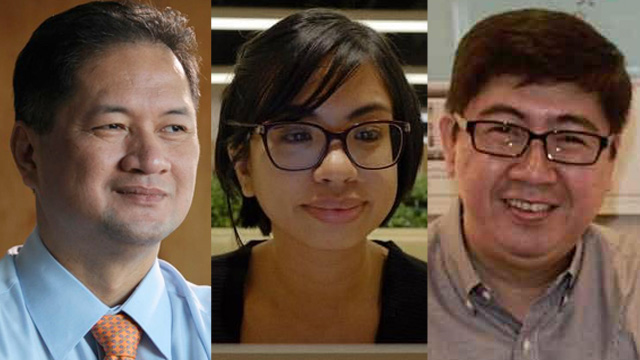
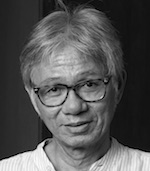 Harry Roque has set an aggressive and lawyerly tone for his role as spokesman for President Duterte. It’s all very much like him and also not unlike his boss.
Harry Roque has set an aggressive and lawyerly tone for his role as spokesman for President Duterte. It’s all very much like him and also not unlike his boss.
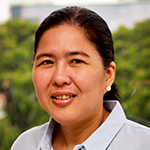


 On Saturday, the leaders of the world’s largest and most dynamic trading corridor, joined by Philippine President Rodrigo Duterte and newcomers including United States President Donald Trump, will convene in the central Vietnamese port city of Da Nang for their annual Asia-Pacific Economic Cooperation leaders’ meeting.
On Saturday, the leaders of the world’s largest and most dynamic trading corridor, joined by Philippine President Rodrigo Duterte and newcomers including United States President Donald Trump, will convene in the central Vietnamese port city of Da Nang for their annual Asia-Pacific Economic Cooperation leaders’ meeting.